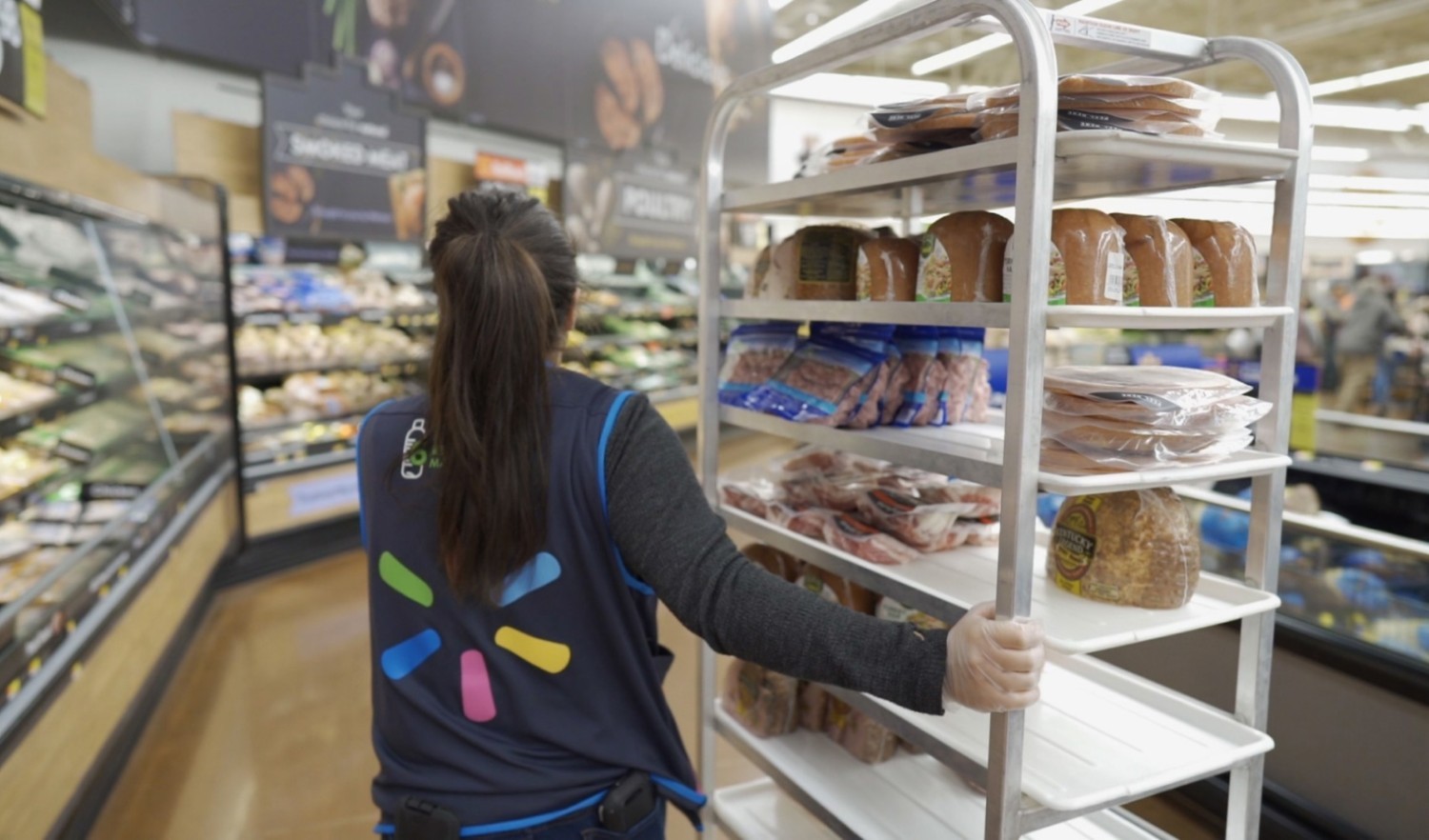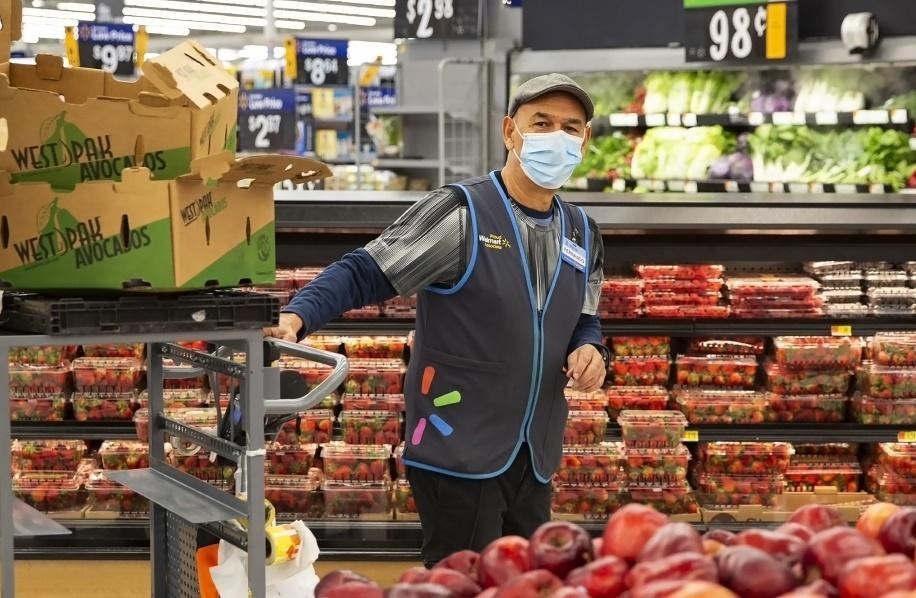Blockchain in the food supply chain - What does the future look like?

More often than not, when people hear the word "Blockchain" they relate it to Cryptocurrencies such as Bitcoin (BTC) or Ethereum (ETH) . On the contrary, the new-age tech goes far beyond and finds more complex applications. In supply chain, there are several instances of Blockchain technology being used.
- The De Beers Group tracked 100 high-value diamonds along its supply chain from mine to retail, creating unprecedented asset-traceability assurance and solving two major issues in the diamond industry – avoiding the trade of conflict diamonds and offering trust in provenance (assuring the origin) of valuable and polished diamonds
- Abu Dhabi National Oil Company (ADNOC), the UAE's state-owned oil company, launched a Blockchain supply chain system pilot program in collaboration with IBM to track oil from the well to the customers and automate the transactions that take place along the way
- Circa 2017, global shipping giant Maersk completed the first test of its Blockchain tech to manage cargo. The company developed the TradeLens supply chain platform with IBM to help track cargo ships and containers
- FedEx is a part of the Blockchain in Transport Alliance (BiTA) and launched a Blockchain-powered pilot program to clarify the data stored on the Blockchain to best resolve customer disputes by helping them receive information in a more streamlined manner
- Fish supplying firm John West started including codes on the tuna cans that allowed customers to trace the product back to the fishermen
- In late Jan 2020, Ford Motor Company announced that it would use Blockchain tech to trace cobalt supplies used in electric car batteries to ensure that they get an authentic product to maintain the quality
And the list goes on.
So, why are companies adopting Blockchain technology in the supply chain?
A Blockchain is a ledger on which new transactions are recorded in blocks, and a cryptographic hash of data identifies each block. It is impossible to recreate the data from this hash. Even if a tiny detail of the transaction data is changed, it creates a different hash, with each hash of the block included as a data point in the next block, making tampering extremely difficult (almost NIL).
It comes as no surprise that the Economist called Blockchain technology The Trust Machine in 2015.
Coincidentally, in the same year, China experienced a massive food safety issue, with the government seizure of 100,000 tons of smuggled pork, beef, and chicken, some of which dated back to the 1970s.
These situations raised two vital concerns for the food supply chain industry – food fraud and food traceability.
Walmart came up with solutions rooted in Blockchain technology for the issue.
Playing a part in food traceability

When it comes to food traceability, it is vital to show where the food was sourced from and where it has been.
Within Walmart, it began in 2016, when the Vice President of Food Safety in the company, asked his team to trace a package of sliced mangoes to the source.
It took his team 6 days, 18 hours, and 26 minutes. While all the data was there in the system, arriving at the information took a long time.
After partnering with IBM to create a food traceability system based on the Hyperledger Fabric (a project hosted by the Linux Foundation), Walmart could trace the mangoes stored in its US stores within 2.2 seconds, literally, the speed of thought!
The same tech was used to trace the pork in China by uploading the certificates of authenticity to the Blockchain leading to more transparency and trust.
One of the most notable contributions of Walmart as a global food safety initiative leader is – the Walmart Food Safety and Collaboration Center. It led to investing in food safety research via internal supplier networks as well as leveraging JD’s expertise in technologies such as artificial intelligence (AI) and big data.
Walmart, along with JD, IBM, and Tsinghua University in Beijing, built a Blockchain ledger to track the movement of pork for its Chinese supply chain in 2016, which was a part of the new consortium to enhance food safety. IBM offered its Blockchain Platform and expertise, while Tsinghua University acted as the technical advisor of the key technologies for the process.
Together, the companies collaborated with the food supply chain providers and regulators to develop the necessary standards, solutions, and partnerships to enable a safe food ecosystem in the country. The new system connected and verified various pork suppliers, shippers, and buyers, along with others who were involved in moving the product around China.
These exercises were the biggest proof of concept within the industry and formed the stepping stone to better food traceability.
Walmart – a pioneer in food traceability
In August 2017 – Walmart announced a Blockchain partnership with big names in the supply chain industry such as Dole, Kroger, McCormick, Nestlé, Tyson Foods, and Unilever to collaborate and find new applications that could help increase food traceability.
By September 2018, it was possible for the company to trace over 25 products from as many as five different suppliers- including mangoes, leafy greens, strawberries, dairy products, meat and poultry, packaged salads, and even baby food. The system was so efficient that one could take a jar of a product or a salad box and trace the ingredients back to the farms from where they were harvested.
In the same year, the retail giant announced: “a new, Blockchain-enabled Walmart Food Traceability Initiative to increase transparency in the food system and create shared value for the entire leafy green farm to table continuum.”
As a part of the initiative, all fresh leafy greens suppliers were expected to trace their products back to the farms within seconds as opposed to days. To do so, the suppliers were required to capture the data using the IBM Food Trust network using GS1 standard communication protocols like EPCIS. The traceability data that needed capturing and sent to the Blockchain included - product ID (GTIN-14), lot/batch codes, purchase orders, and date/time codes (harvesting, processing, shipping, and receiving).
By 2019, Walmart was already a pioneer in the food safety business.
One of the most significant piece of news arrived that year from the Walmart China Blockchain Traceability Platform It introduced the first batch of 23 product lines tested and launched on the platform, enabled by VeChain’s Blockchain technology.
The same year, the company piloted a Blockchain technology for the end-to-end traceability of shrimp sourced in Andhra Pradesh, India, and shipped to select Sam's Club locations in the USA. This was the first-ever known use of Blockchain supply chain technology to track shrimp exports from farms to overseas retailers.
What does the future hold for Blockchain technology in the Food Industry?
Creating accountability and ensuring transparency across the food supply chain is a necessity rather than an afterthought, especially with food contamination being rampant across the globe. Blockchain tech can effectively help trace the contaminated product (even if it is just an ingredient) back to its source and curb the further spread of foodborne illnesses.
Apart from the rapid containment of the illnesses with decreased response times, Blockchain also reduces food waste due to selective recalls leading to better recall management. To put things in perspective, about 17% of global food production may go wasted, according to the UN Environment Programme’s (UNEP) Food Waste Index Report 2021, with 13% of this waste coming from retail.
Also, granular information about food items derived from Blockchain supply chain solutions removes the guesswork and helps merchants make decisions on how they handle the goods such as getting the accurate shelf-life data of fruits to halt discarding food that is still fresh.
At Walmart, we give precedence to quality products at every level.
Implementing innovative Blockchain solutions helps us get detailed insights into every single event and take informed actions. This enhanced visibility enables us to manage suppliers better, conduct more efficient quality checks, and drastically reduce time and costs at various levels of the supply chain.



